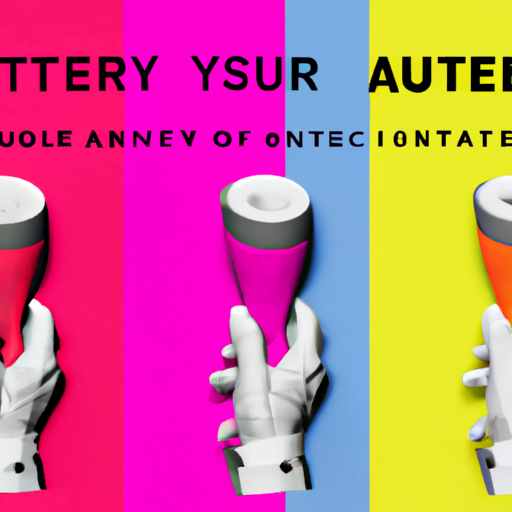
-
Table of Contents
Crafting an Effective User Experience (UX)

Introduction
User experience (UX) is a critical aspect of any digital product or service. It refers to the overall experience a user has while interacting with a product or service, including its usability, accessibility, and overall satisfaction. Crafting an effective UX is essential for businesses to attract and retain customers, increase engagement, and drive conversions. In this article, we will explore the key elements of crafting an effective UX and provide valuable insights to help businesses improve their digital products and services.
Understanding Your Users
The first step in crafting an effective UX is to understand your users. This involves conducting user research to gain insights into their needs, preferences, and behaviors. User research can be conducted through various methods, including surveys, interviews, and usability testing. By understanding your users, you can design a UX that meets their needs and expectations, leading to higher engagement and satisfaction.
Example:
Spotify, the popular music streaming service, uses user research to improve its UX. The company conducts regular surveys and usability testing to gain insights into how users interact with its platform. Based on this research, Spotify has introduced features such as personalized playlists and a “Discover Weekly” feature that recommends new music based on a user’s listening history.
Designing for Usability
Usability is a critical aspect of UX design. A usable product is one that is easy to use, intuitive, and efficient. To design for usability, it is essential to consider factors such as navigation, layout, and visual design. Navigation should be intuitive, with clear labels and easy-to-find menus. The layout should be organized and easy to scan, with a clear hierarchy of information. Visual design should be consistent and visually appealing, with a focus on readability and accessibility.
Example:
The website for Airbnb, the popular vacation rental platform, is an excellent example of designing for usability. The site features a simple, intuitive layout with clear navigation and a focus on visual design. The search bar is prominently displayed, making it easy for users to find what they are looking for. The site also features high-quality images and a consistent visual style, creating a visually appealing and engaging user experience.
Ensuring Accessibility
Accessibility is another critical aspect of UX design. An accessible product is one that can be used by people with disabilities, including those with visual, auditory, or motor impairments. To ensure accessibility, it is essential to consider factors such as color contrast, font size, and keyboard navigation. Designing for accessibility not only benefits users with disabilities but also improves the overall user experience for all users.
Example:
The website for the UK government is an excellent example of designing for accessibility. The site features a high-contrast color scheme, making it easy to read for users with visual impairments. The font size is also adjustable, allowing users to increase the size of the text for easier reading. The site also features keyboard navigation, making it easy for users with motor impairments to navigate the site.
Testing and Iteration
Testing and iteration are essential aspects of UX design. Once a product or service has been designed, it is essential to test it with users to gain feedback and insights. Usability testing can be conducted through various methods, including A/B testing, user surveys, and focus groups. Based on the feedback received, it is essential to iterate and improve the product or service continually.
Example:
Google is an excellent example of a company that uses testing and iteration to improve its UX continually. The company conducts regular A/B testing to gain insights into how users interact with its products, such as Google Search and Google Maps. Based on the feedback received, Google makes iterative improvements to its products, leading to a better user experience.
Conclusion
Crafting an effective UX is essential for businesses to attract and retain customers, increase engagement, and drive conversions. By understanding your users, designing for usability and accessibility, and testing and iterating, businesses can create a UX that meets the needs and expectations of their users. By following these best practices, businesses can improve their digital products and services, leading to higher engagement and satisfaction.
